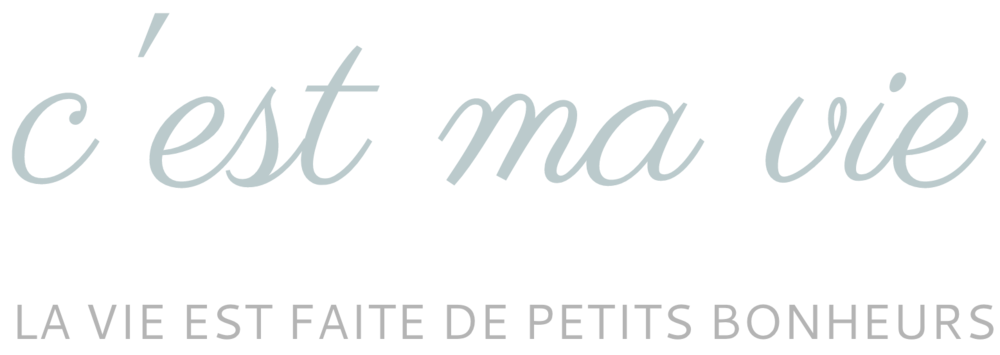February 12, 2013 Photo of the day:
"Laissez les bons temps rouler!"
Visit my Mardi Gras Pinterest Board for more pictures
Mardi Gras is celebrated at the end of the two week celebration of Carnival in many cities around the world. The date changes depending on the lunar cycle. Thanks to my dad, I know that Easter is always the first Sunday after the first full moon after the first day of spring - March 21. If you count back forty days, excluding Sundays, you come to Ash Wednesday, the beginning of Lent. Because Lent is a solemn season when many people fast and deprive themselves of treats in preparation for Easter, Mardi gras or Shrove Tuesday is a day to indulge. There various traditions around the world. When I was growing up, the Polish family that lived next door to us always made pączek (pronounced "punch-key"), powdered or iced jelly-filled sweet rolls. In British and Celtic nations, people traditionally eat pancakes on Shrove Tuesday.
Many of the most famous Mardi Gras celebrations take place in francophone countries. Although Mardi Gras is not very popular in Paris, Carnaval is a big event in Nice. I was fortunate to be in Nice for Mardi Gras in 2009. Here are some of my pictures of the festivities:
*
Carnaval de Québec celebrates winter fun with snow and ice sculptures, canoe races on the frozen St. Lawrence River, hockey tournaments, sledding and various other outdoor activities. The Carnaval mascot is the Bonhomme de Neige, a happy snowman. I have only been to Québec in the summertime, but I would love to take students to Carnaval some year.
Photo from carnaval.qc.ca
*
Here in the US, no Mardi Gras celebration can compare to the festivities in New Orleans. Wikipedia explains that Mardi Gras arrived in North America as a French Catholic tradition in the late 17th century. King Louis XIV sent representatives to defend France's claim on the territory of Louisiane, which included what are now the U.S. states of Alabama, Mississippi, and Louisiana. The expedition entered the mouth of the Mississippi River on the evening of March 2, 1699, Lundi Gras. The party proceeded upstream to a place on the west bank about 60 miles downriver from where New Orleans is today. This was on March 3, 1699, Mardi Gras, so in honor of the holiday, the spot was named Point du Mardi Gras and the nearby tributary was called Bayou Mardi Gras. In 1703, French settlers in established the first organized Mardi Gras celebration tradition in what was to become the United States.
The idea of mystic societies or "krewes" was exported to New Orleans in 1856 when six businessmen gathered at a club room in New Orlean's French Quarter to organize a secret society that would observe Mardi Gras with a formal parade. The tradition in New Orleans expanded to became synonymous with the city in popular perception, and embraced by residents of New Orleans beyond those of French or Catholic heritage. Mardi Gras celebrations are part of the basis of the slogan, "Laissez les bons temps rouler", ("Let the good times roll") and the nickname "Big Easy".
I visited in New Orleans in 1997 when the Green Bay Packers won Super Bowl XXI. Everything was decorated in purple, green, and gold. Although it was great to have the Packer colors displayed, these official Mardi Gras colors represent justice, faith, and power. Being in the Big Easy was an exciting albeit overwhelming experience.
Happy Mardi Gras, y'all!





